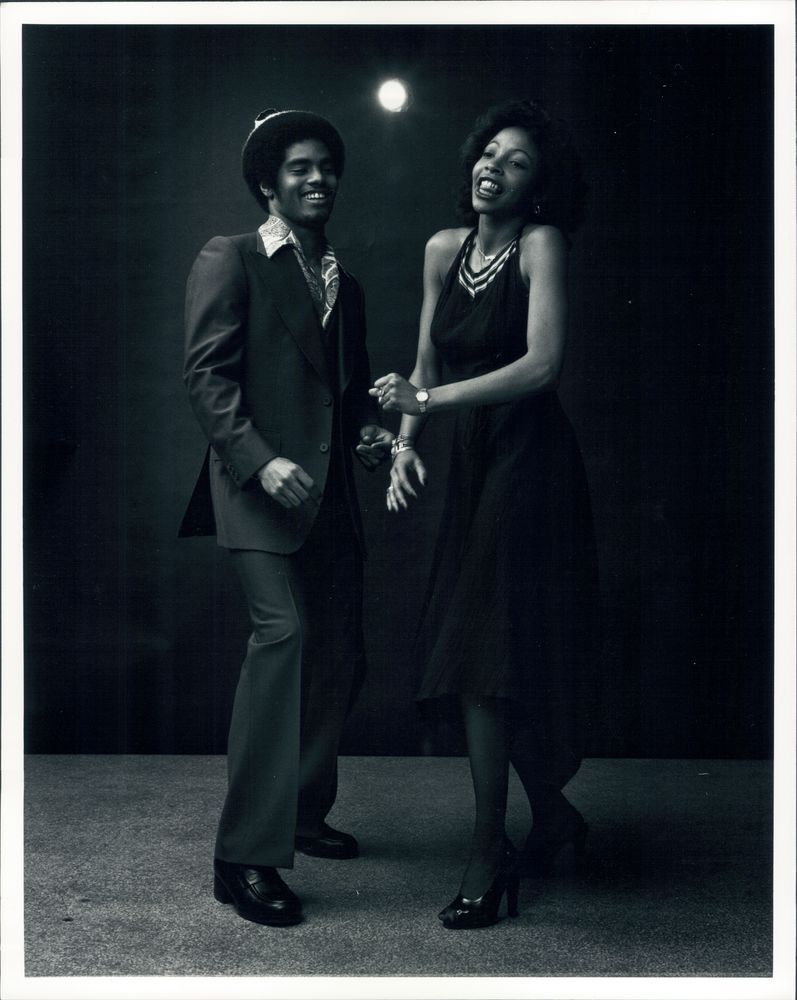To be Unapologetically Black
To be unapologetically Black is refusing to apologize for what others may perceive as one’s Blackness and/or Africaness. It is refusing to silence parts of oneself in order to fit into white space; it is refusing to watch the oppressive nature of predominantly white institutions; it is speaking up against systemic issues.
Being Black at an Ivy League school is a battle within itself. With low numbers, earlier classes of Black students were able to form deep bonds and build community with each other. When asked, "how would you describe the interconnectedness of the Black community?" Thibodeaux said
"There really wasn't a disconnect …You couldn't survive in an environment if you were going to segregate yourself in that type of caste society. You just couldn't, and we wouldn't let you."
Thibodeaux '71
Similarly, a Berkeley student from Martha Biondi’s book, observed in 1967 that “They [Black student unions] never let you forget you were black … so we decided to remember we were black.”
As campuses got more diverse, Black students began to embrace a Black identity which "actively reframed Blackness in a positive fashion, pushed back against white concepts, and organized new, Black-identified social, cultural, and political spaces on campuses, with Black student unions being the most prominent and well-known example" explained Martha Biondi. To be unapologetically Black is embracing one's blackness and giving it a positive association. It is loving each other and creating safe spaces.
By the late 1960s, Black students at Dartmouth "had established new identities and began the push for spaces to express themselves," explains Dr. Bradley. In her interview for Stanford Black Alumni Stories, Erica Dennings speaks about "The Black House," a place where she and her Black friends hung out. At Dartmouth, Black Students have Shabazz, formally known as Cutter Hall [now the Shabazz Center for Intellectual Inquiry].
To be unapologetically Black is celebrating one's Blackness out loud and proud. It is an act of racial self-realization. It is playing speakers in dorm windows and blasting revolutionary songs. Songs such as Aretha Franklin's "Respect," James Brown's "Say it Loud I'm Black, I'm Proud," Nina Simone's "To Be Young, Gifted and Black," and songs by the Temptations and the Miracles.
Black students marched, made demands, and created reform to advance the success of the Black community at large and at their institutions. Black students are Sankofa birds: they knew what change they needed to create because they knew the challenges of those who came before them. Striving for equality and equal representation led to an increase in Black students' enrollment and the creation of Black Studies programs. For many institutions, coeducation occurred during the peak of Black student activism, demonstrating that Black activism's goal is to systematically transform institutions. When asked what needs to change at Dartmouth, Thibodeaux responds,
"There should be more of a pragmatic approach to dealing with societal issues. You're an academic institution and you're being taught a lot of concepts and a lot of theories. How do you put that in practice?"
Thibodeaux '71
For Thibodeaux, he uses law and education to make change. His values from home and Dartmouth have equipped him with tools such that he knows
"real prosecuting is not about winning cases ... it gave you a sense of, okay, am I doing the right thing? Am I doing this thing called justice?"
Thibodeaux '71
Black students' activism played an active role in the transformation of Dartmouth College. Despite the barriers preventing the advancement of Black students, they persevered and paved the way such that future generations could find community, safe spaces to express themselves, and academic success.
Previous: Co-education at Dartmouth -- Next: Bibliography

